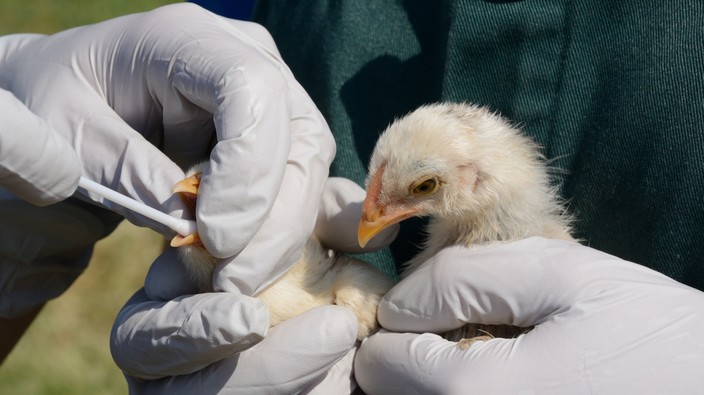and while miller, who studies immunology, pandemics and the influenza virus, isn’t trying to scare people — especially since the general public’s risk of infection is low — he does want canadians to understand that dangerous viruses can start here.
“most people in the general public are probably not very aware of avian influenza,” he says. “i think most people, when they think about pandemics or even epidemics, they think of them as an issue that arises in some exotic, often tropical location. but these are viruses that are actually in our midst.”
no current transmission between humans
avian flu is a gastrointestinal infection that spreads primarily in poultry (chicken, turkeys), waterfowl (ducks, geese, swans, gulls, terns) and shorebirds (storks, sandpipers) — waterfowl seems to be faring the worst,
npr has reported. the virus can then be transmitted to the birds of prey who eat their bodies.
the virus is also spread through contaminated bird feces — poultry farmers often unknowingly track the virus into birds’ enclosures through their boots. another risk is when wild ducks, for instance, fly inland and roost in poultry farm fields, or defecate in bodies of water.
luckily, though, “the virus that’s causing the current outbreak is not efficient at transmitting between humans. it’s poorly adapted to do that,” miller says.
 5 minute read
5 minute read









